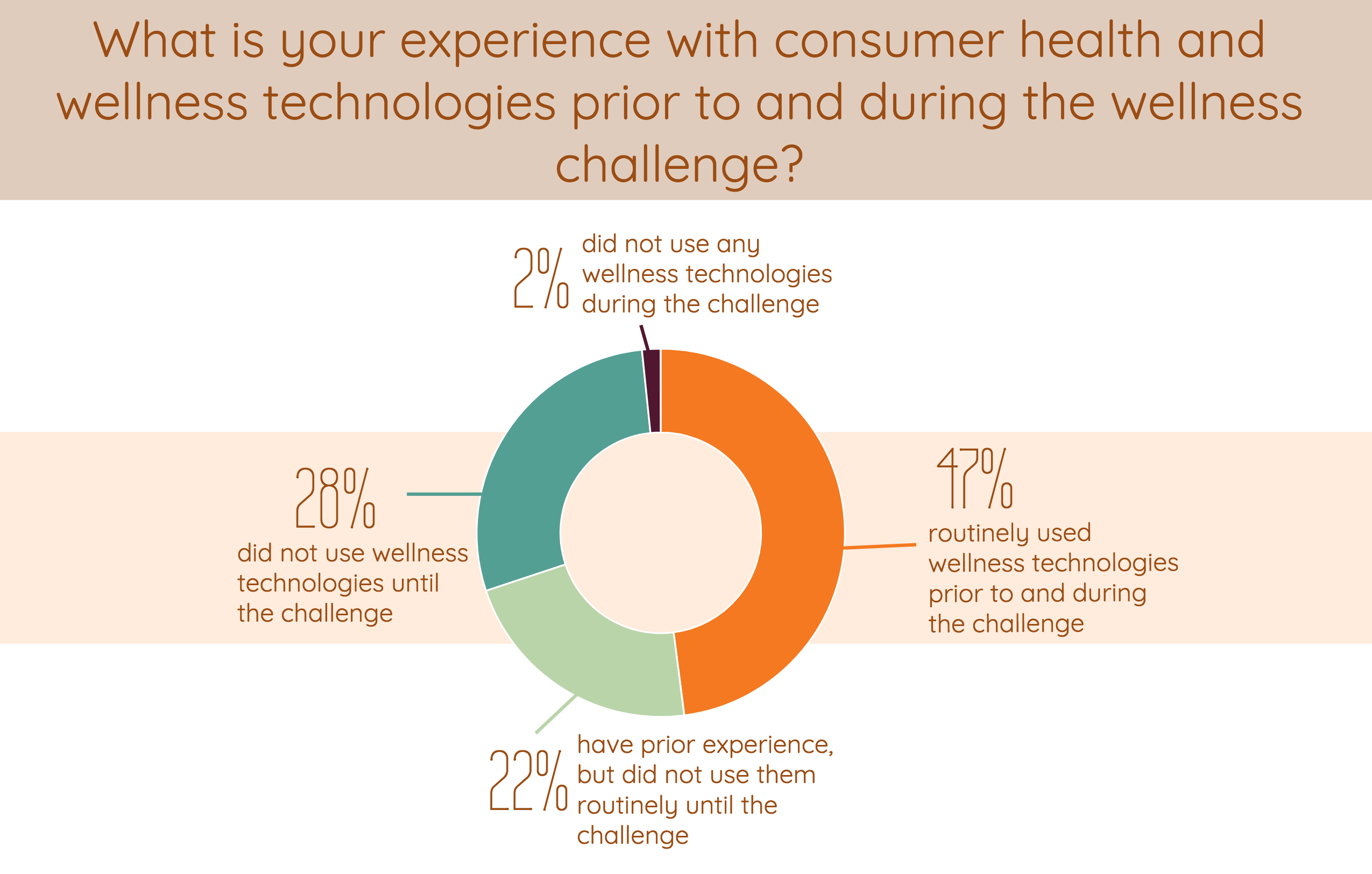Across the country, health habits and routines are changing due to social distancing guidelines and business closures related to COVID-19. Recently, Evidation Health took a deeper look at these changes in their COVID-19 Pulse Study, which collected data from nearly 160,000 adults—68,000 of which had fitness trackers.
Overwhelmingly, the data revealed that people are sleeping more and moving less. Last month, as stay-at-home orders were put into place, activity levels went down by 34%. The drop was more significant in states that put shelter-in-place orders into effect earlier. For those in New York City in particular, activity levels dropped by 50% after the city-wide ordinance to remain in home went into effect. Time spent sleeping went up by 20% after President Trump’s national emergency declaration, with only those in Hawaii and Alaska not seeing a significant increase in their amount of sleep.
Encouragingly, this data suggests that people are getting adequate levels of rest. Preventing sleep deprivation is an important part of maintaining good physical and mental health, so the ability to get seven hours or more of sleep each night due to limited commitments and relaxed schedules may be helping many feel healthier.
On the other hand, inactivity is a leading cause of disease and has been linked to cardiovascular problems, hypertension, diabetes, and other health conditions. Prior to the COVID-19 crisis, most Americans struggled to reach the recommended activity levels of 150 minutes of moderate exercise (or 75 minutes of vigorous exercise) each week. Now, those numbers are likely much worse.
Additional data from the study revealed that anxiety is on the rise in every state. These fears and concerns about health, work, family responsibilities, and finances may be making it more difficult for individuals to keep up with a healthy lifestyle, including exercise.
Focus On Physical Activity, Stress Relief
Knowing that employees may be struggling more with finding at-home activities, businesses should tailor their wellness programs towards resources that focus most on physical health, as well as continued mental and emotional support.
- Expand or add resources that encourage physical activity. With gyms, parks, and other recreational facilities closed, many employees are not used to working out by themselves or at home. Employers can provide health content and online fitness courses to give people ideas for at-home workouts, as well as implement new wellness challenges and incentives that focus on movement and exercise.
- Expand access to mental health resources, specifically for coping with anxiety. Health and financial concerns are on the rise, negatively affecting mental and emotional health—and a lack of social engagement, increased responsibilities with parenting and caretaking, and disrupted plans are not making things better. Anxiety can greatly affect work performance and focus. Even if mental health is emphasized in current wellness programs, expanding these resources and benefits can be helpful during these difficult times. Offer counseling, provider referrals, mindfulness tools, and other mental health resources to help lower employees’ anxiety.
- Stay connected and be positive. Sleeping more and worrying more may also suggest depression and a lack of motivation. Make sure managers touch base with remote workers to see if they are experiencing any particular struggles with accomplishing tasks, and keep communication channels open and available for coworkers to socialize online with one another.
Employers located in states or cities with stricter shelter-in-place orders may need to focus on these measures much more. In every state, people’s desire to use telemedicine has also increased. By implementing more online resources (or simply by reminding and informing employees about telemedicine benefits they already have), companies can keep their workforce better engaged with their health.











